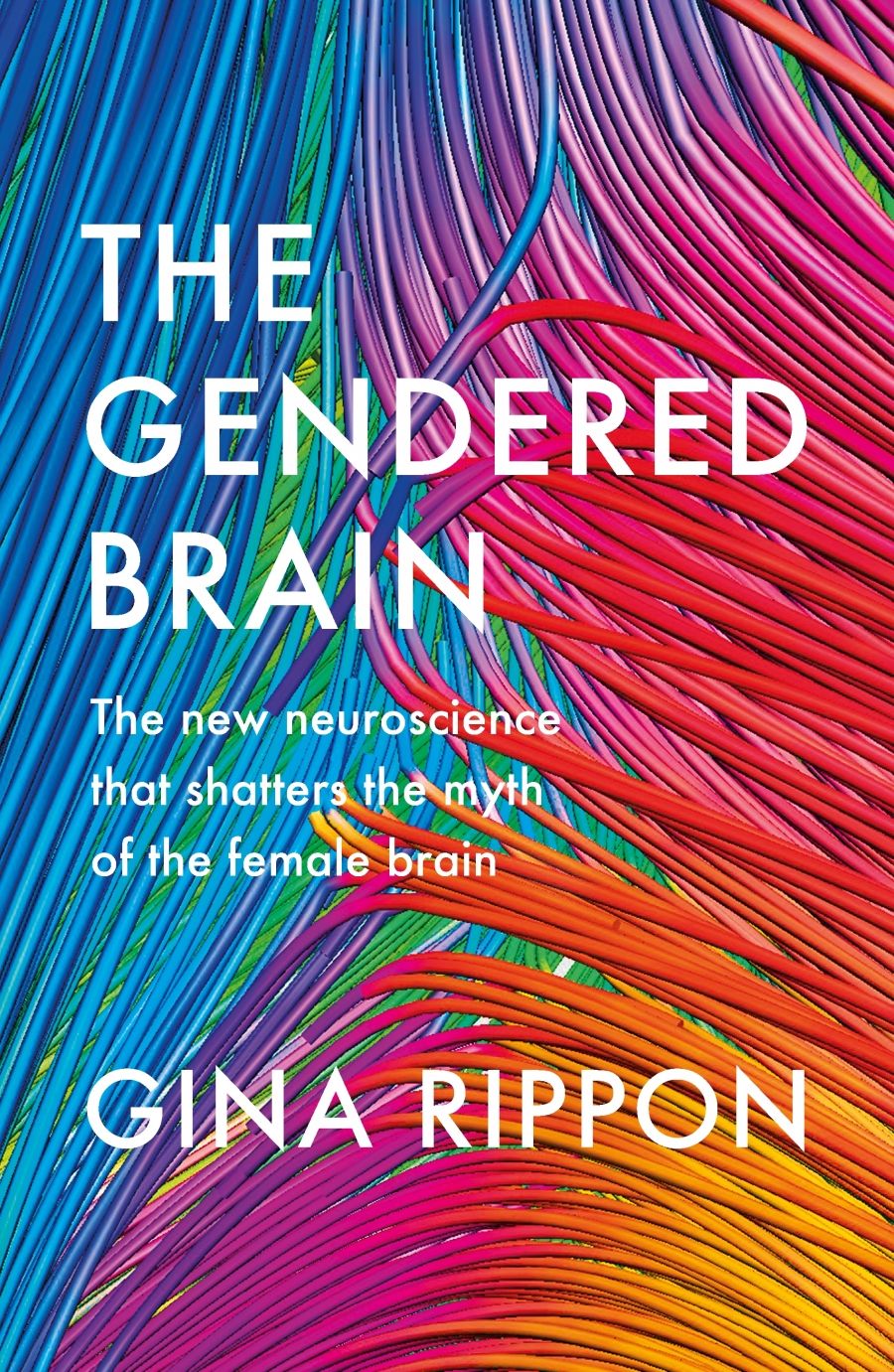
- Free Article: No
- Contents Category: Science and Technology
- Custom Article Title: Nick Haslam reviews <em>The Gendered Brain</em> by Gina Rippon
- Review Article: Yes
- Online Only: No
- Custom Highlight Text:
A few intellectually superior women exist, conceded nineteenth-century anthropologist Gustav Le Bon, but ‘they are as exceptional as the birth of any monstrosity, as, for example, of a gorilla with two heads’. Armed with cephalometers, scales, and birdseed for measuring skull volumes ...
- Book 1 Title: The Gendered Brain
- Book 1 Subtitle: The new neuroscience that shatters the myth of the female brain
- Book 1 Biblio: Bodley Head, $49.99 hb, 448 pp, 9781847924759
 Gina Rippon (photograph via Twitter)
Gina Rippon (photograph via Twitter)
Despite its title, much of the book explores gender from the perspectives of child development and psychology rather than neuroscience. The chapters that examine brain science take special aim at the over-hyping of neuroimaging research, which Rippon skewers as ‘neurotrash’. She charges that experts often present brain scans as if they were X-rays of the soul, making reckless claims based on tiny samples and sometimes unreliable methods. A study in which an fMRI machine appeared to register brain-like activation patterns from a dead salmon is given an amusing airing. Rippon laments that uncritical media reporting of neuroscientific research often compounds its problems, forcing findings into a simple ‘male brain’ versus ‘female brain’ narrative. The commonly expressed idea that the brain is ‘hard-wired’ gets equally short shrift.
Redirecting her critique from brain science to psychology, Rippon challenges what she sees as unwarranted claims about hormonal effects on behaviour and Darwinian approaches to gender that propose distinctive evolved skills and dispositions for females and males. Her key message is that gender stereotypes are more powerful and pervasive than we might imagine. They do not merely describe how women and men are believed to differ, but also prescribe and create gender differences. For example, expectations that people of one’s gender tend to perform poorly on a task tend to impair one’s performance on it. This ‘stereotype threat’ phenomenon shows that beliefs about gender can be powerfully self-fulfilling even when they are inaccurate.
The importance of stereotypes becomes especially apparent when Rippon explores child development. Babies, she writes, are ‘rule-hungry scavengers’ and children ‘gender detectives’, socially attuned from an early age to clues for how they and others should act. At age two or three, they have usually acquired a sense of their gender category and the traits and trappings associated with it, gleaned from the highly gender-coded societies in which we live. Gender-egalitarian parents who despair when their young daughters embrace all things pink and princessy might be tempted to blame biology – indeed, some researchers have speculated that a female preference for pink might spring from an evolved berry-gathering adaptation – but Rippon shows that social influences are impressed on us well before we can speak. ‘A gendered world’, she writes, ‘will produce a gendered brain.’
Like the brain’s surface, the book has a few wrinkles. Australian readers may be peeved to discover that a locally developed method for studying the psychological effects of ostracism is misattributed to American researchers. American readers may be surprised that a famous Yale psychologist is given a Canadian affiliation. Readers from outside the United Kingdom may be puzzled by casual references to gurning, RADA, UCAS, and other Briticisms. The heavy weight that Rippon places on stereotype threat as an explanation for gender differences may be more than it can bear, as it is itself under serious threat within psychology.
The Gendered Brain appears at a pivotal time. It adds to an influential body of work in critical gender neuroscience that includes Rebecca Jordan-Young’s Brain Storm (2011), Cordelia Fine’s Delusions of Gender (2010) and Testosterone Rex (2017). These books mount sharp challenges to popular ‘Mars and Venus’ gender theories and the shaky scientific foundations on which they rest. Rippon’s is the most accessible of the four, breezy in tone and wide-roaming rather than systematic. The earlier books encountered an often hostile reception, their authors accused of ideological biases against a variety of inconvenient truths. A more even-handed assessment would say the books have advocated not so much against biologically informed gender science but for a more careful and reflective version of it, one that recognises the entanglement of nature with nurture and that understands that our beliefs and practices can create and reinforce gender differences. There are encouraging signs that the neuroscience research community is engaging constructively with this critique, and it may not be too much to hope that the field will develop a less polarised and more nuanced understanding of gender. Until that happy convergence comes to pass, Rippon’s neurotrash-talking shows why it is necessary.


Comments powered by CComment